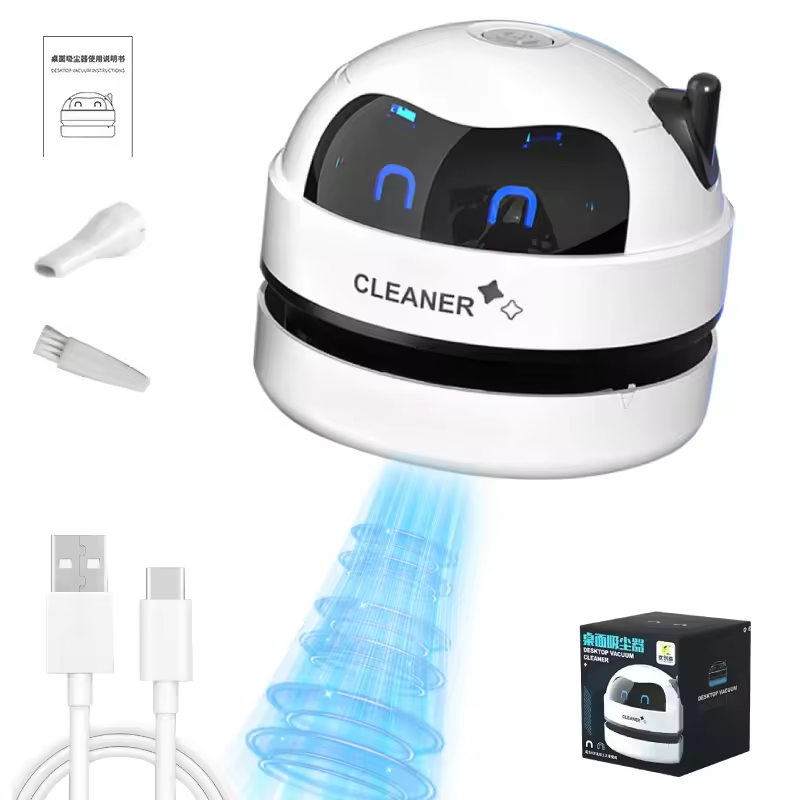What Are Tiles and Why Are They Popular?
Tiles are thin, flat materials used to cover floors, walls, or countertops. The term tile encompasses a variety of types—from ceramic to natural stone—offering durability, versatility, and aesthetic appeal.
- Key Advantages:
- Durability: Resistant to moisture, scratches, and wear (e.g., porcelain tile for high-traffic areas).
- Low Maintenance: Easy to clean and long-lasting.
- Design Flexibility: Available in countless colors, patterns, and textures.
- Common Uses:
- Floors: Kitchen, bathroom, or entryways.
- Walls: Backsplashes, showers, or accent walls.
- Outdoor: Costco deck tiles for patios or driveways.
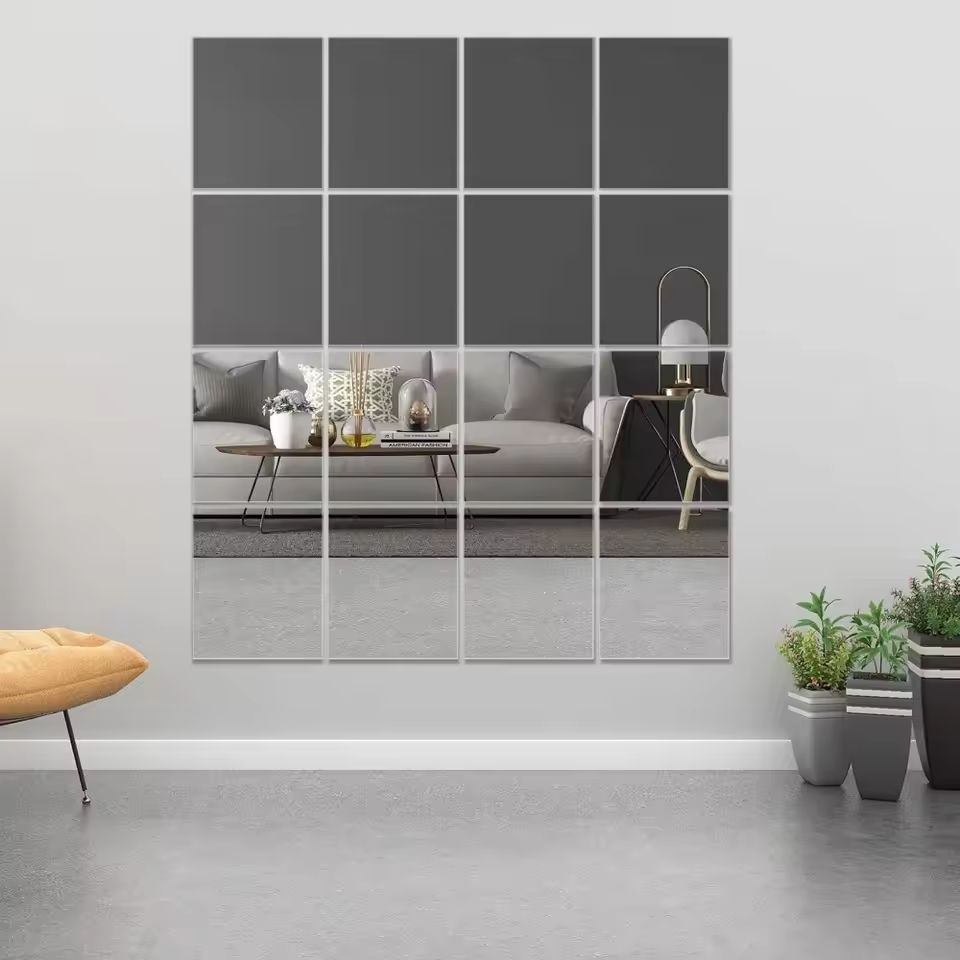 Types of Tile and Their Applications
Types of Tile and Their Applications
Tiles come in diverse materials, each with unique properties suited to specific environments. Here’s an in-depth breakdown of common types and their ideal uses:
1. Ceramic Tile
Made from clay and fired at lower temperatures, ceramic tiles are versatile but softer than porcelain:
- Subtypes:
- Glazed Ceramic: Coated with a glass-like layer for vibrant colors (ideal for backsplashes).
- Unglazed Ceramic: Matte finish for floors (e.g., Mosaic tiles in entryways).
- Applications:
- Indoor Floors: Bedrooms or low-traffic areas (e.g., Daltile’s Classic Ceramic Series).
- Walls: Bathrooms or kitchens where moisture is controlled.
- Pros:
- Affordable, lightweight, and easy to cut.
- Cons:
- Porous; unsuitable for outdoor use.
2. Porcelain Tile
Made from fine clay and fired at high temperatures, porcelain is denser and harder than ceramic:
- Subtypes:
- Polished Porcelain: Shiny finish for modern aesthetics (e.g., Marazzi’s Polished Collection).
- Unpolished Porcelain: Textured surfaces for anti-slip floors.
- Applications:
- High-Traffic Areas: Kitchens, bathrooms, and commercial spaces.
- Outdoor Use: Costco deck tiles for patios due to frost resistance.
- Pros:
- Durable, water-resistant, and frost-resistant.
- Cons:
- Heavier and costlier than ceramic.
3. Natural Stone Tile
Luxury options like marble, granite, and slate add organic texture and elegance:
- Subtypes:
- Marble: Lush veining ideal for bathrooms or entryways.
- Slate: Slip-resistant and rustic for outdoor patios.
- Granite: Durable for kitchen countertops.
- Applications:
- High-End Designs: Luxe bathrooms or focal walls.
- Outdoor: Slate patios in natural landscapes.
- Pros:
- Unique patterns and timeless appeal.
- Cons:
- Higher cost, requires sealing, and prone to staining.
4. Glass Tile
Transparent or colored glass options create sleek, modern accents:
- Subtypes:
- Smooth Glass: Reflective surfaces for light diffusion (e.g., Murano glass tiles).
- Textured or Frosted Glass: Subtle elegance for kitchens.
- Applications:
- Backsplashes: Kitchen walls or bathroom showers.
- Accents: Feature walls or light fixtures.
- Pros:
- Hygienic, non-porous, and easy to clean.
- Cons:
- Fragile and slippery when wet.
5. Concrete Tile
Modern and eco-friendly, concrete tiles offer versatility and durability:
- Subtypes:
- Exposed Aggregate: Textured for outdoor paths.
- Polished Concrete: Sleek floors for industrial designs.
- Applications:
- Outdoor Surfaces: Costco deck tiles for driveways or patios.
- Indoor: Living rooms or modern kitchens.
- Pros:
- Cost-effective, customizable, and weather-resistant.
- Cons:
- Requires sealing to prevent staining.
6. Rubber and Cork Tile
Ideal for comfort and sound absorption:
- Rubber Tiles:
- Applications: Fitness rooms, nurseries, or under kitchen islands.
- Pros: Flexible, anti-slip, and noise-reducing.
- Cork Tiles:
- Applications: Home offices or eco-conscious floors.
- Pros: Insulating and hypoallergenic.
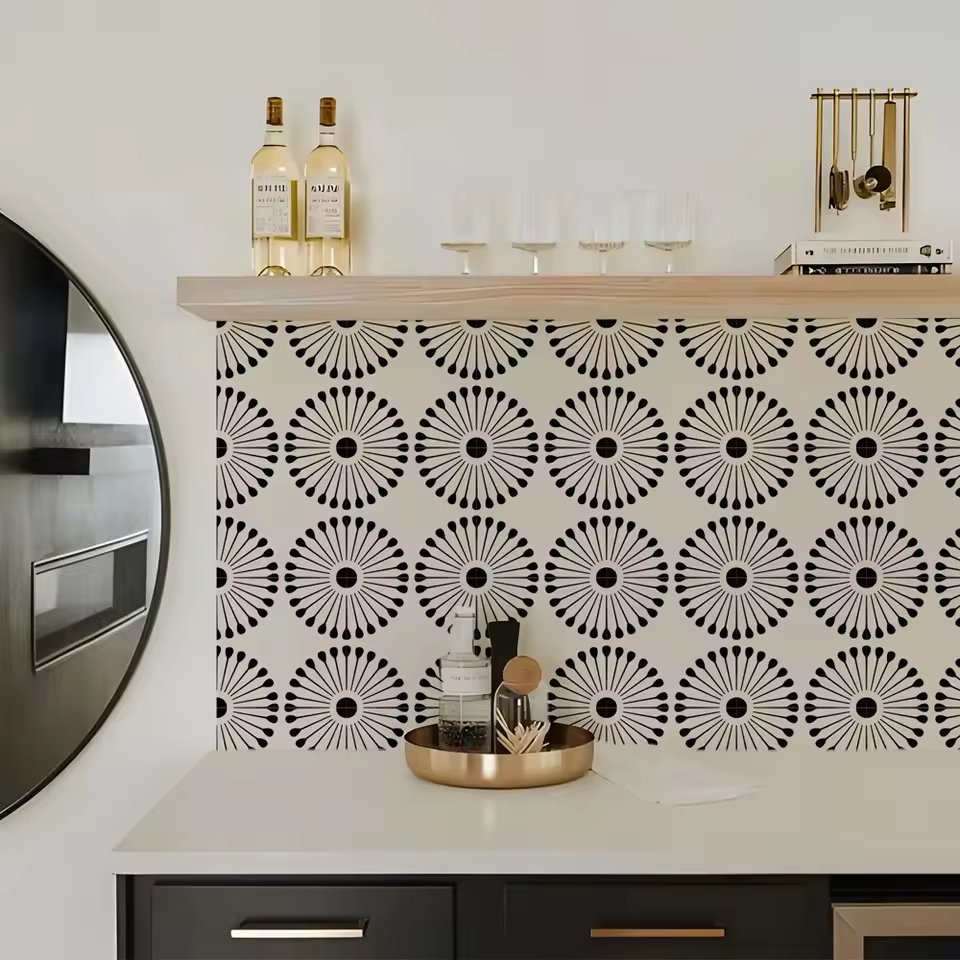 How to Choose the Best Tiles for Your Space
How to Choose the Best Tiles for Your Space
Selecting the right tiles requires balancing aesthetics, functionality, and budget. Follow these steps for informed decisions:
1. Assess the Environment
- Moisture Levels:
- Bathrooms and kitchens need non-porous tile (e.g., porcelain or glass).
- Outdoor areas require frost-resistant options like Costco deck tiles.
- Foot Traffic:
- High-traffic zones (hallways) choose durable porcelain or concrete.
- Lighting:
- Dark rooms benefit from glossy tiles to reflect light.
2. Material Considerations
- Budget-Friendly:
- Ceramic tile for interior walls (cost: 1–5/sq ft).
- Durability:
- Porcelain (4–15/sq ft) for heavy use.
- Luxury:
- Natural stone (8–50/sq ft) for statement pieces.
3. Design Preferences
- Color and Texture:
- Neutral tones (grays, beiges) for timeless appeal.
- Mosaic tile add patterns to feature walls.
- Size and Shape:
- Large-format tiles (24×24 inches) create continuity in small rooms.
- Hexagonal tiles for bathroom floors add visual interest.
4. Maintenance Needs
- Low Maintenance:
- Smooth, non-porous tile (porcelain, glass) resist stains.
- High Maintenance:
- Natural stone requires annual sealing and cautious cleaners.
5. Popular Tile Pairings
- Modern Kitchens: White subway tiles with matte black grout.
- Bathrooms: Marble-look porcelain for a spa-like feel.
- Outdoor Spaces: Textured concrete tiles for Costco deck tiles installations.
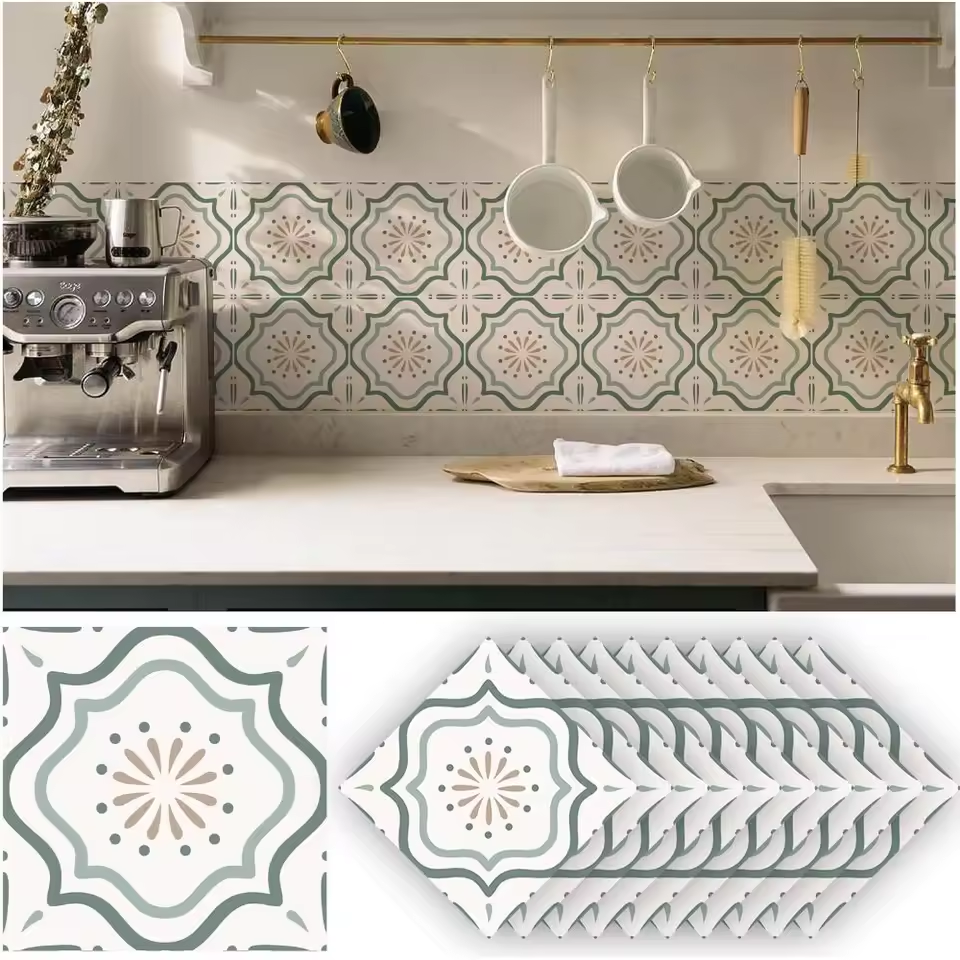 Porcelain vs Ceramic Tiles: Which Is Better?
Porcelain vs Ceramic Tiles: Which Is Better?
Both materials are popular but differ in composition and use cases:
- Porcelain Tile:
- Made from fine clay and high-firing temperatures.
- Pros: Durable, frost-resistant, and suitable for heavy use.
- Cons: Heavier and costlier than ceramic.
- Ceramic Tile:
- Softer and more porous than porcelain.
- Pros: Affordable, easier to cut.
- Cons: Not ideal for outdoor use.
- Key Comparison:
- Indoor vs Outdoor: Porcelain for exterior; ceramic for interior.
- Budget-Friendly: Ceramic wins for low-impact areas.
How to Install Tiles: A Step-by-Step Guide
Professional installation ensures durability and aesthetics. Here’s a detailed DIY guide:
1. Preparation
- Tools and Materials:
- Tile cutter or wet saw, notched trowel, grout float, rubber mallet, level, and spacers.
- Surface Preparation:
- Clean and level surfaces (use self-leveling compound for uneven floors).
- Mark a center line for symmetry.
2. Cutting and Layout
- Template Method:
- Use paper templates to plan around obstacles (e.g., outlets).
- Wet Saw Tips:
- Wear eye protection and score tile slowly to avoid cracks.
3. Applying Adhesive
- Tile Adhesive Types:
- Thinset mortar for most installations.
- Epoxy-based adhesives for natural stone.
- Application Technique:
- Spread adhesive with a notched trowel in a 1/4-inch V pattern.
- Press tiles firmly but gently to avoid air pockets.
4. Laying Tile
- Spacing with Spacers:
- Use plastic spacers between tiles for even grout lines.
- Edge Cuts:
- Measure remaining gaps and score tiles with a tile cutter.
5. Grouting
- Grout Types:
- Sanded grout for joints over 1/8 inch.
- Unsanded grout for narrow gaps.
- Application Tips:
- Mix grout to a peanut butter-like consistency.
- Pack grout into joints with a rubber float at a 45-degree angle.
- Wipe excess with a damp sponge within 15 minutes.
6. Sealing and Finishing
- Sealant Application:
- Apply grout sealer for moisture resistance (once grout is cured).
- Edge Trim:
- Install baseboards or wall trim to conceal uneven edges.
7. Troubleshooting
- Common Issues:
- Bubbles in Grout: Re-grout the section.
- Tile Wobble: Remove and reapply adhesive.
Tiles for Outdoor Use: Choosing the Perfect Material
Outdoor tiles must withstand weather and foot traffic. Key considerations include:
- Material Options:
- Porcelain Tiles: Frost-resistant and durable (e.g., Costco deck tiles for patios).
- Concrete Tiles: Modern and slip-resistant.
- Design Tips:
- Non-Slip Surfaces: Essential for pool decks.
- Color Selection: Neutral tones for timeless appeal.
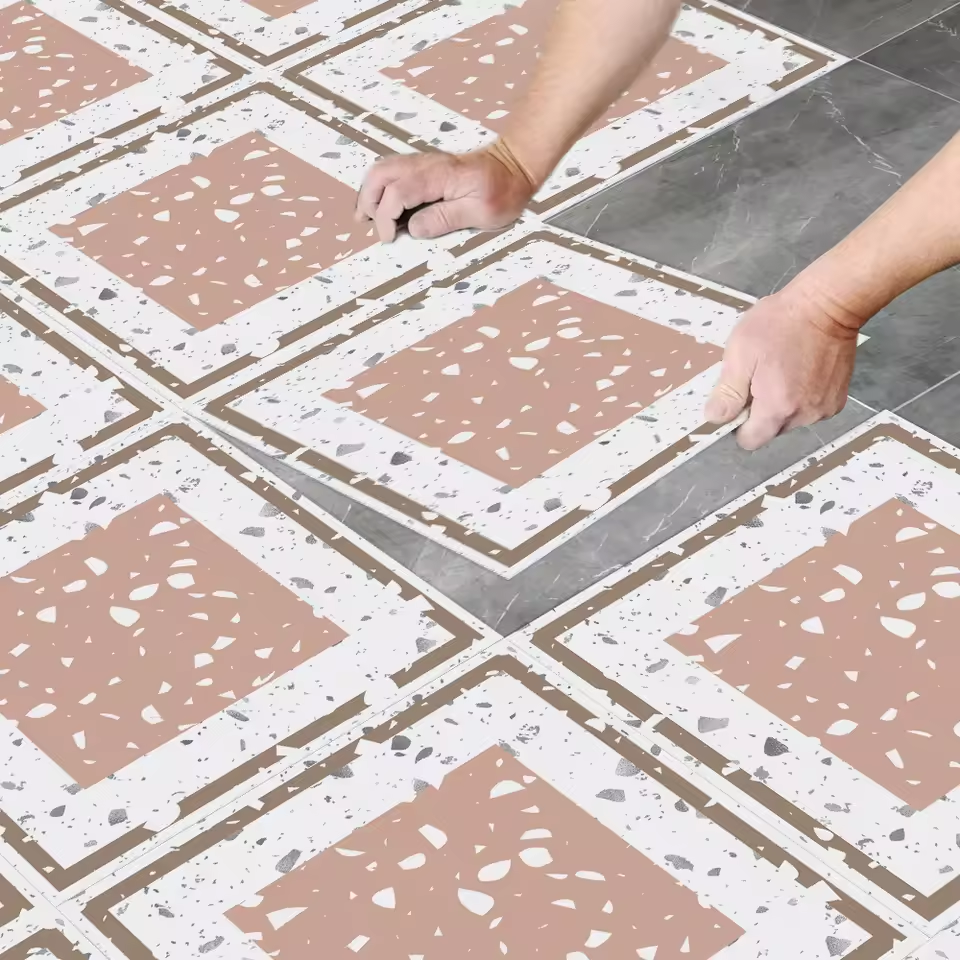 Maintaining Tiles to Extend Their Lifespan
Maintaining Tiles to Extend Their Lifespan
Regular care prevents stains, scratches, and grout discoloration:
- Daily Cleaning:
- Use a damp mop for floors; avoid harsh chemicals.
- Deep Cleaning:
- Grout Cleaning: Apply oxygen bleach or use a grout brush.
- Sealing: Apply a grout sealer every 1–2 years.
- Troubleshooting:
- Cracks or Chips: Repair with epoxy resin for small damage.
Budget-Friendly Tile Options Without Sacrificing Quality
Affordable tiles don’t mean low quality. Here are cost-effective picks:
- Ceramic Tiles: Ideal for low-impact rooms like bedrooms.
- Concrete Tiles: Modern and durable for outdoor use.
- Recycled Glass Tiles: Eco-friendly and budget-friendly for backsplashes.
Eco-Friendly Tiles: Sustainability and Style
Eco-conscious options include:
- Recycled Materials: Tiles made from post-consumer glass or porcelain.
- Natural Stone Tiles: Sustainably sourced options like recycled marble.
- Low-VOC Adhesives: Reduce environmental impact during installation.
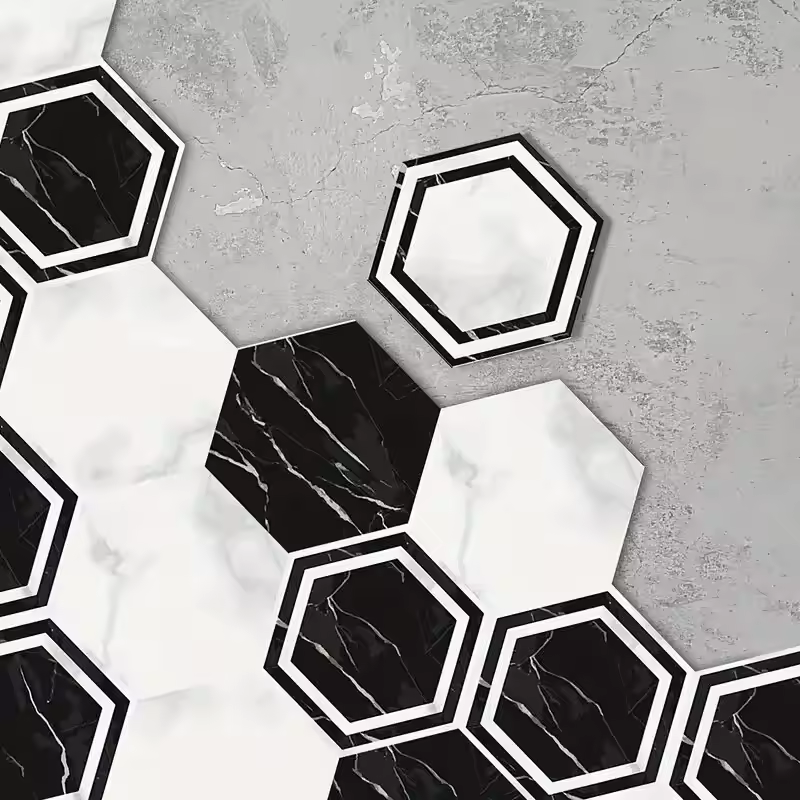 Common Tile Installation Mistakes to Avoid
Common Tile Installation Mistakes to Avoid
-
Tile installation requires precision to avoid costly errors. Here’s a detailed breakdown of pitfalls to watch for and how to correct them:
1. Improper Surface Preparation
Mistake: Skipping leveling or cleaning the base surface.
- Consequence: Tiles crack, shift, or develop uneven seams.
- Example: A bathroom floor with uneven cement leads to tiles tilting after installation.
Solution:
- Step 1: Use a self-leveling compound for uneven floors.
- Step 2: Clean surfaces with a degreaser to ensure adhesive bonds properly.
2. Incorrect Tile Spacing
Mistake: Forgetting to use spacers between tile.
- Consequence: Grout lines are uneven or tile overlap.
- Example: A kitchen backsplash with porcelain tile appears “crowded” due to narrow grout gaps.
Solution:
- Use Plastic Spacers: Available in 1/8”, 3/16”, or 1/4” widths.
- Remove Spacers Early: Take them out before grout hardens (wait 10–15 minutes).
3. Overloading Adhesive
Mistake: Applying too much adhesive or spreading it unevenly.
- Consequence: Tiles sink unevenly or adhesive oozes into grout lines.
- Example: A DIYer uses a thick trowel for 12×12” tile, causing air bubbles under the surface.
Solution:
- Trowel Size Guide:
- Small tile (6×6”): 1/8” notch trowel.
- Large tile (24×24”): 1/4” V-notch trowel.
- Thinset Technique: Spread adhesive in a “V” pattern for even coverage.
4. Ignoring Expansion Joints
Mistake: Failing to leave gaps at walls or floors.
- Consequence: Tile crack due to thermal expansion.
- Example: A bathroom floor without expansion joints develops hairline cracks in winter.
Solution:
- Expansion Joint Guidelines:
- Leave 1/4” gaps near walls (filled with caulk).
- Use flexible adhesives for large installations.
5. Improper Grout Selection
Mistake: Using the wrong grout type (e.g., sanded vs. unsanded).
- Consequence: Grout crumbles or stains easily.
- Example: A shower wall with narrow joints uses sanded grout, causing debris in hard-to-clean corners.
Solution:
- Grout Type Chart:
- Sanded Grout: For joints over 1/8 inch.
- Unsanded Grout: For narrow joints or natural stone.
- Color Matching: Choose grout shade slightly darker than tile to hide stains.
6. Over-Tightening Wall Tiles
Mistake: Pressing wall tiles too hard against walls.
- Consequence: Tile crack due to uneven pressure.
- Example: A backsplash installation in a kitchen results in ceramic tile with edge chips.
Solution:
- Gentle Application: Tap tiles lightly with a rubber mallet.
- Vertical Alignment: Use a plumb bob to ensure vertical symmetry.
7. Skipping Tile Backer Boards
Mistake: Installing directly on drywall without a backer board.
- Consequence: Tile loosen over time due to moisture damage.
- Example: A bathroom floor on untreated drywall causes tile detachment after a leak.
Solution:
- Use Backer Boards: HardieBacker or cement boards for wet areas.
- Adhesive Layers: Apply adhesive to both the board and tile.
8. Neglecting Tile Expansion
Mistake: Installing tiles too tightly without allowance for thermal expansion.
- Consequence: Tiles crack when heated or cooled.
- Example: A fireplace surround with marble tiles develops gaps after winter.
Solution:
- Expansion Gaps: Leave 1/4” space around walls or furniture.
- Use Flexible Sealants: Silicone or latex-based adhesives.
9. Inadequate Tile Cutting
Mistake: Haphazard cuts with a manual tile cutter.
- Consequence: Uneven edges or tile breakage.
- Example: A DIYer tries to cut a glass tile without scoring properly, resulting in jagged edges.
Solution:
- Tools for Precision:
- Wet Saw: For curved cuts or thick tiles.
- Tile Nipper: For small adjustments.
- Practice Cuts: Test on scrap tiles before cutting final pieces.

